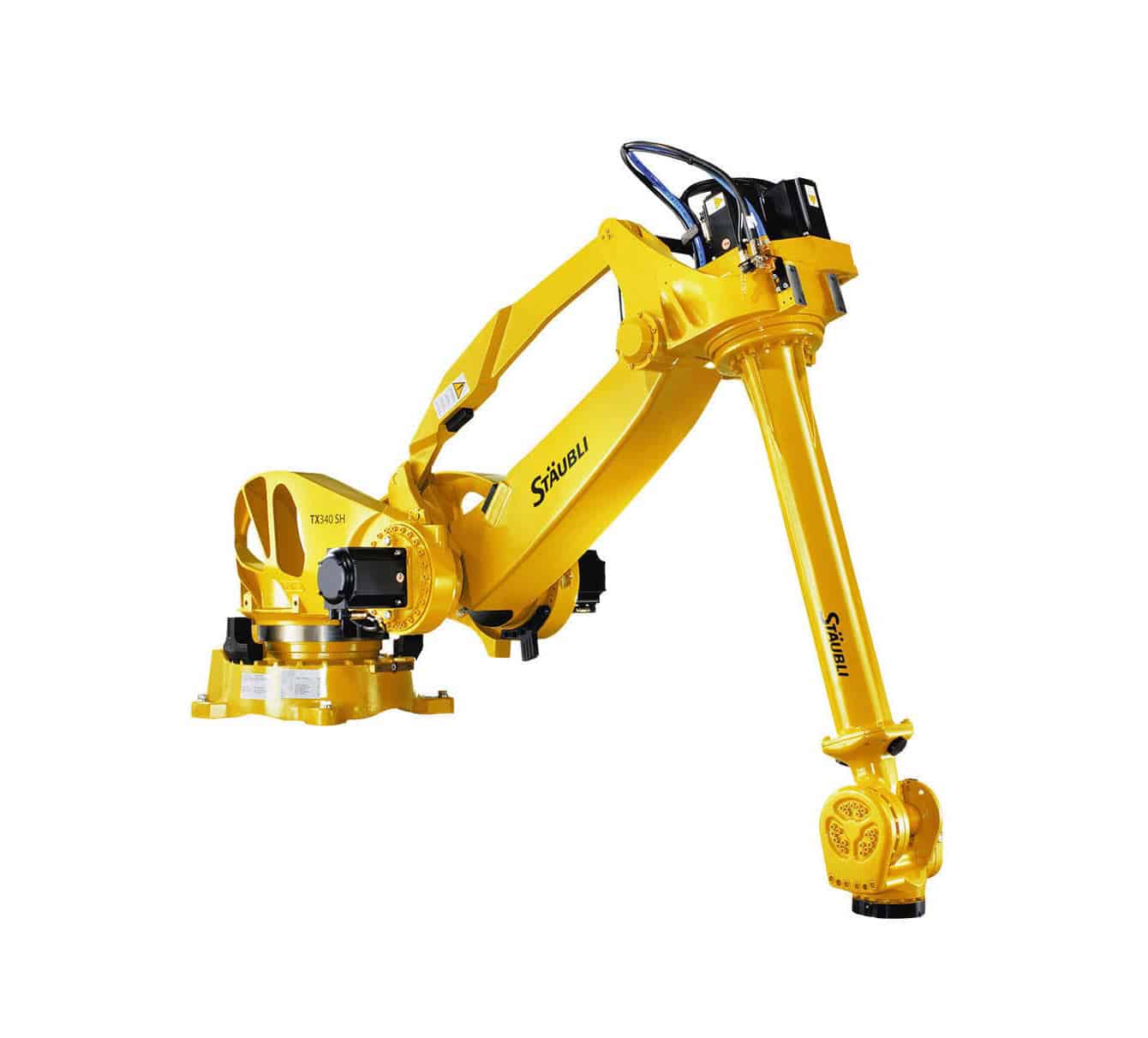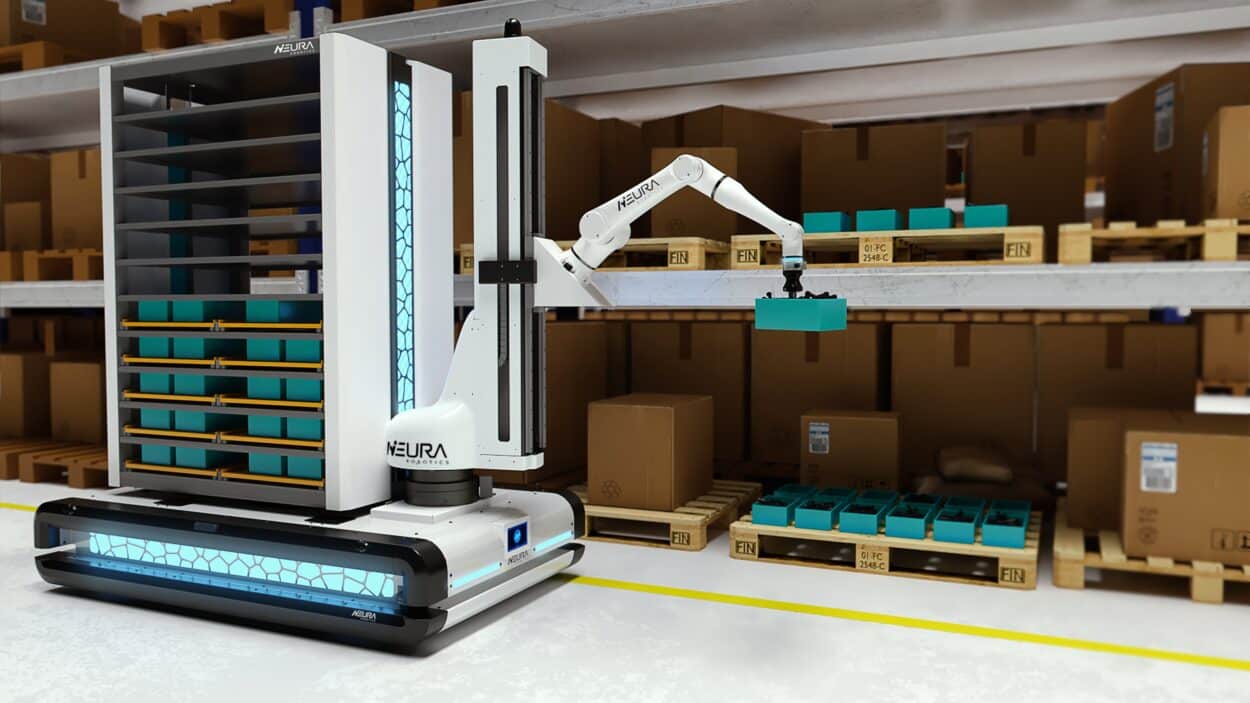The pandemic has accelerated the digitization and automation of industry. After two years of COVID-19, the adoption of robots is strongly accelerating even in sectors that were not familiar with automation previously. The EV revolution is also expected to speed up the trend. Here are the top 5 trends that are shaping the robotics industry for 2022, based on the conclusions of the International Federation of Robotics.
According to the International Federation of Robotics (IFR), the operational stock of industrial robots hit a new record of about 3 million units worldwide – increasing by 13% on average each year (2015-2020).
The demand for robotic systems is growing in many sectors because companies are looking for new ways to increase their productivity in a post-pandemic world, according to Milton Guerry, President of the IFR:
“Transformation for automation is picking up speed across traditional and new industries. More and more companies are realizing the numerous advantages robotics provides for their businesses.”
Automation has indeed helped businesses during the pandemic, and has also helped many companies get back to business after the crisis and prepare for the next one, explained Dr. Susanne Bieller, General Secretary of the IFR:
“The pandemic and the resulting disruptions to supply chains and labor availability appear to have been the push that many needed to justify the investment. The companies most likely to invest in automation are those that have been considering it for a while but just hadn’t taken the final step.”
According to the Association for Advancing Automation (A3), robot orders in the United States in the third quarter of 2021 were up 35% compared to the same period in 2020. Over half of the orders were from non-automotive sectors, while the applications of automation systems have traditionally been in the automotive industry.
5 key trends are expected to shape the robotics industry in 2022 and beyond.
01. Robots Will Be Adopted By New Sectors
New markets that are quite new to automation such as retail, logistics, and e-commerce are currently adopting mobile robots. For example, thousands of units are being deployed in warehouses worldwide today which was not the case five years ago.
Of course, COVID-19 has had an impact. The pandemic accelerated e-commerce and this trend won’t be stopping in 2022. According to ABI Research, over half a million mobile robots are expected to be shipped to warehouses globally by 2030.
For Marc Segura, ABB’s newly appointed Robotics Division President,
“The pandemic accelerated far-reaching global mega trends – from labor shortages and supply chain uncertainty, to the individualized consumer and growing pressure to operate sustainably and resiliently – leading new businesses to look to robotic automation. As technology opens up new opportunities for meeting customer demands, new trends will continue to emerge that will further drive demand in areas where robots have not traditionally been used.”
It is not surprising that Boston Dynamics’s newly released Stretch is specifically designed for warehouse and distribution operations. And it is also not surprising that all units have already sold out for 2022! It is a sign that the demand for automation solutions is increasing in this segment.
The use of automation systems could also increase this year to address labor shortages in certain industries. Businesses that rely on service workers, such as restaurants, and that are unable to fill job openings, could invest in humanoid waiters. Pepper robots are for example being deployed in the hospitality industry and working very effectively.
02. Robots Will Be More Affordable and Easier to Use
A few years ago, implementing programmable robots meant investing a lot of money and time. But democratization is accelerating. New generations of robots that are smaller and more affordable are being developed with the aim of easing implementation. ABB’s SWIFTI™ and Universal Robots’ cobots are good affordable solutions for small and medium-sized enterprises.
Manufacturers are also developing new types of robots with either simple setup and installation or even no programming at all. For the IFR, “there is also a clear trend towards user interfaces that allow simple icon-driven programming and the manual guidance of robots.” KUKA, for example, has been developing Ready_2 that can be taught instead of being programmed, such as. By eliminating the need for any special training in code or programming, such solutions contribute to removing many of the barriers that previously prevented companies from investing in robots.
03. Robots Will Continue to Get Smarter
According to ABB’s Segura,
“As Artificial Intelligence in robotics matures and learning robots become mainstream, we expect to see these technologies deployed alongside AMR technologies, orchestrated and managed by intelligent software to provide enhanced flexibility, speed and efficiency.”
Robots are no longer just an efficient solution for performing tasks. They are becoming an intelligent automation solution.
“As we look beyond 2022, we see an ever-greater emphasis on connectivity and data acquisition as key enablers of future manufacturing. Data collected from intelligently automated processes will be analyzed by producers to make more informed decisions.”
04. Robots Will Play a Role in the EV Revolution
The electric vehicle revolution is about to bring massive changes to the automotive industry. While producing combustion-engine vehicles requires traditional linear manufacturing, manufacturing EVs will necessitate moving to a more modular, flexible production process to meet customers’ demands and expectations.
According to ABB’s Segura, robots could help manufacturers face these new challenges:
“EV is not about a change only in the powertrain, but a larger transformation to a digitized car. This transition will also see the growing uptake of robots in combination with other technologies, including AMR’s. This will enable manufacturers to optimize the delivery of components across facilities and enable integrated scalable, modular production cells – methods traditionally associated with e-commerce and consumer goods, but now required in the automotive industry to ensure the necessary flexibility to meet varying levels of demand.”
Lightweight agile robotic arms mounted on AGV and equipped with navigation technology, such as the one developed by NEURA, will be useful, for example, to convey car parts from the assembly line to other assembly stations in the factory.
05. Robotic Training Will Be Increasingly Necessary
As the use of robots is undoubtedly increasing in the workplace, whether it is in a factory, a hotel, or a hospital, the IFR believes human workers will need to be trained to work alongside them. In order to build a successful automated future, providing automation education to students at an early stage will be key.
Several manufacturers like ABB, FANUC, and KUKA have already engaged in and developed robot classes that gather between 10,000 and 30,000 participants from 30 countries every year.
NEED HELP? READ OUR BUYING GUIDES

How to Choose an Industrial Robot?
Read our buying guide and make the smart choice.

How to Choose the Right Cobot?
Read our buying guide and make the smart choice.











